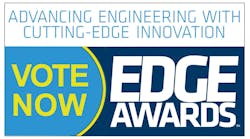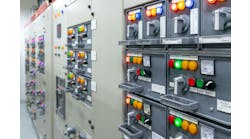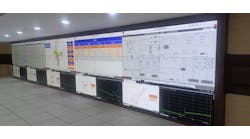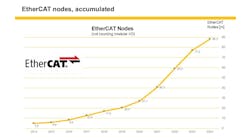Experience gained by Metso at CSPC, one of the largest petrochemical projects in China in recent years, suggests that while vendors may argue about the advantages and disadvantages of FDT and EDDL technology, users reckon that they need both if they're not to be compromised in their choice of equipment and devices.
CSPC is a joint venture between the China National Offshore Oil Corporation (CNOOC) and Shell and, when production started in 2006, was one of the largest Foundation fieldbus (FF) installations in the world.
Proactive Maintenance
One of the main reasons for selecting Foundation fieldbus was the opportunity it provided to adopt a proactive approach to instrument maintenance. FF devices can send out maintenance requests before an instrument actually fails and, when it does so, can provide detailed diagnostic information about the failure. "This is a big change in maintenance culture," explained CSPC head of instrument engineering Seah Ooi Kiat. "In the past, maintenance actions were often taken too late, usually after problems had occurred and been recognized by plant operators. Now, using the latest technology, the maintenance technician can check on a daily basis those devices that have issued a warning of a potential problem and decide on corrective action before any potential failure occurs."
The majority of control valves used in the CSPC project are from Metso. Indeed, there are altogether 2,400 valves equipped with Metso's FF ND9000 intelligent valve controllers, and CSPC uses the diagnostic information they provide on a daily basis.
Easy Access
The ND9000's graphical user interface is based on FDT/DTM technology. According to CSPC, the device DTM makes the user's life easier by providing easy access to device parameters, configuration and diagnostics, for example, allowing devices which show a warning status to be analyzed and diagnosed daily.
CSPC has both Foundation fieldbus and HART devices and a major benefit of FDT technology is that the DTM is independent of the communication protocol being used. Similarly the DTM is independent of the host system. At CSPC the asset management system is Yokogawa's PRM, which has FDT/DTM capability and provides access to Metso's device DTM. However, as CSPC's Seah Ooi Kiat emphasizes, vendors need to develop their products to support open interface technologies. In his view it is essential that devices with other interface technologies such as EDDL can be managed through the same asset management system as those supporting FDT/DTM.
End-users' options, he argues, should not be limited to the use of devices that support only one technology.



